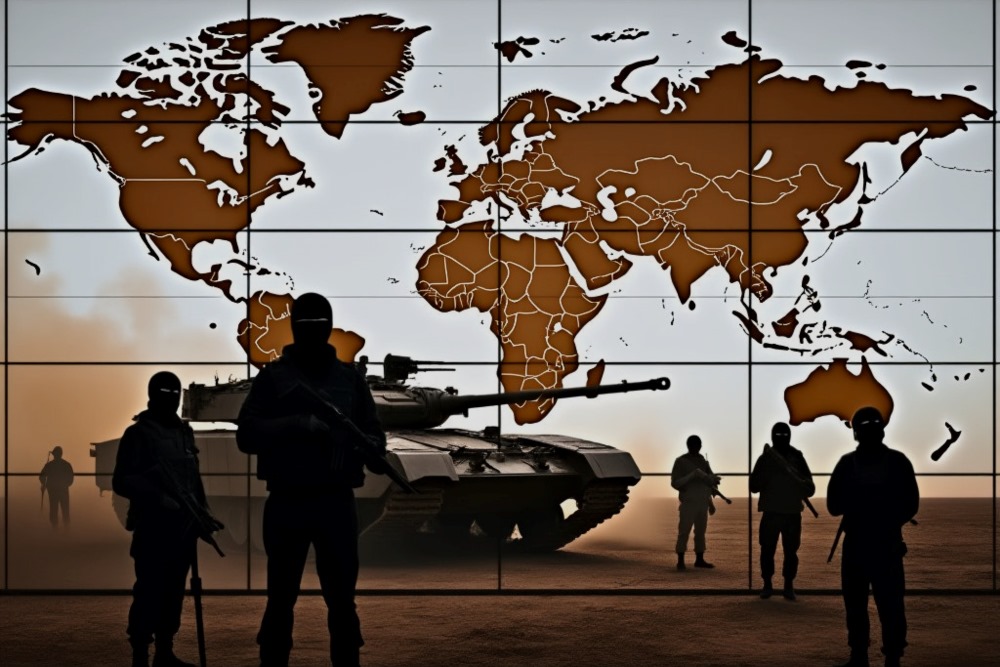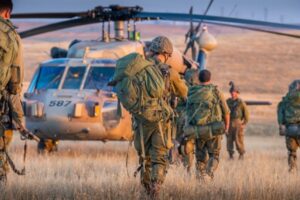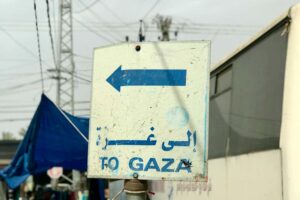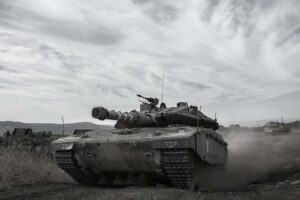
Most nations build their military doctrine around a straightforward principle: protect the borders. Resources are dedicated to protect defined geographic lines, and strategic depth allows forces to retreat and regroup if those lines are breached.
For Israel, this kind of linear thinking is a luxury it cannot afford.
Hemmed in by geography and facing multiple regional enemies, the IDF developed a different framework, which views threats as concentric circles rather than single defensive lines.
This model rewires how Israeli planners think about space, time, and danger.
On any given day, Israel’s intelligence and security establishment must simultaneously monitor multiple horizons:
First circle: Immediate threats, such as rocket fire or infiltration from Gaza. Second circle: Regional dynamics, like Syrian instability or shifts in Turkish intentions. Third circle: Long-term existential dangers, above all Iran’s nuclear program.
Ready to strike
The Iranian challenge, in particular, collapses the traditional distinction between “near” and “far.” Iranian influence stretches from Tehran to Israel’s borders via proxies in Lebanon, Syria, Iraq, and Gaza, turning distant strategic risks into immediate tactical concerns.
This layered environment demands that Israel’s military think in systems rather than lines.
A flare-up in Gaza, a political crisis in Syria, or a nuclear development in Iran cannot be treated as isolated events. Each is part of an interconnected ecosystem where developments in one arena could cascade into consequences elsewhere.
For Israel, geography is not just a series of borders to be guarded, but a single integrated security landscape where decisions made in Tehran can alter the threat level on the Lebanese or Gaza fronts.
The result is a uniquely demanding approach to defense: Israeli planners must become extreme multi-taskers, closely tracking tactical shifts while never losing sight of long-term existential challenges.
Moreover, Israel must always be ready to strike emerging or imminent threats. This requires the IDF to master intelligence fusion, rapid action, and execution capabilities at a level few armed forces in the world are equipped to sustain.


